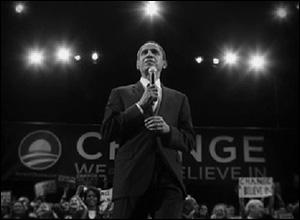Courtesy of Pam Martens.
For those being lulled into a sense of comfort or complacency by the announcement that the Volcker Rule was approved this week (it won’t take full effect until 2015 and maybe not even then), here’s a reminder of what the Dodd-Frank financial reform legislation and the Volcker Rule have not fixed.
The corrupt structure of Wall Street is thriving and continues to perpetuate its wealth transfer system. Over 40 black pools are still in existence; the biggest Wall Street firms are still able to dodge putting their customers’ trades on a stock exchange and, instead, match the orders in the darkness inside their own house. Wall Street has given this the benign sounding name of “internalization.” We call it dark markets.
Nothing has stopped the high frequency traders from fleecing the little guy who is trying to sell his 100 shares at a fair price.
Nothing has stopped Wall Street from fleecing as much as two-thirds of your 401(k) over your working career through hidden fees and commissions.
Yesterday, Merrill Lynch and its parent, Bank of America, settled with the Securities and Exchange Commission for Merrill’s egregious abuse of investors in mortgage bond deals. Bank of America paid $131.8 million to make the charges go away. No one had to admit any wrongdoing. Weren’t we led to believe that this practice of settling for large monetary fines without owning up to the wrongdoing was going to change? Without this change, corruption continues to be a very lucrative profit center on Wall Street – steal billions and pay off regulators with millions.
…




